Discovering ancient traditions and breathtaking landscapes in the Land of Gods

Nestled in the heart of the mighty Himalayas lies Himachal Pradesh, the Land in the attire of mega beauty with a rich cultural heritage. This northern Indian state, known popularly as the “Land of Gods,” possesses hidden valleys harboring secrets and tales passed down for generations. These pockets of natural beauty and ancient tradition, in particular, lend a view to a world untouched by time alone, in which myths and legends are intertwined with everyday life. The thin air of the mountains filled my lungs as I got off the bus in the lonely village of Kibber, in the Spiti Valley. The sky was painted pink and gold as the sun just peeked over the snow-capped peaks. An elderly woman approached me, her eyes pleasant and her face worn. “Welcome to our home,” she grinned broadly. “The land where gods walk among us.” I had no idea that her remarks would influence the course of my whole adventure through the undiscovered regions of Himachal. I have a few friends from Himachal Prades and I was so amazed by their stories of their village and tradition, though I’m also from Uttarakhand and we do have similar traditions there is a lot more to explore.
I had it all planned out. My trusty motorcycle was packed and ready for an epic ride through the mountains of Himachal Pradesh. But as they say, man proposes, and God disposes. Just two days before my scheduled departure, my bike broke down in a way that would take weeks to repair. As I got off the bus in Kibber, a far-flung village in Spiti Valley, the thin mountain air filled my lungs. The sun had barely started peeping over the snow-capped peaks, painting the sky shades of pink and gold. A lady emerged before me with an ancient face and kind eyes. “Welcome to our home,” she greeted with a warm smile. “The land where gods walk among us.” Her words set the tone for my entire journey through Himachal’s hidden valleys.
Spiti Valley: The Hidden Cold Desert

Located in the northeastern part of Himachal Pradesh, Spiti Valley, otherwise referred to as “Little Tibet,” is a cold desert at high altitude. With a mean altitude of 4,270 meters above mean sea level, Spiti ranks among the highest inhabited places in the world. It is a valley characterized by its stark, lunar-landscaped features and dotted with ancient Buddhist monasteries, and minute villages that appear to hang precariously from mountainsides. The name “Spiti” means “The Middle Land,” referring to its location between India and Tibet. This strategic position has shaped Spiti’s culture and history, creating a unique blend of Indian and Tibetan influences. The valley is home to some of the oldest Buddhist monasteries in the world, including Key Monastery, which dates back to the 11th century and houses over 300 lamas. Spiti’s harsh climate, with temperatures dropping to -30°C in winter, has resulted in the development of typical farming practices. The production of barley, black peas, and sea buckthorn berries demonstrates the adaptability and resourcefulness of the Indigenous community in coping with their challenging surroundings.
The landscape of Spiti was unlike anything I’d ever seen – vast stretches of brown and grey, broken only by the colorful prayer flags fluttering in the wind. It felt like I had stepped onto another planet. The old Buddhist temple Key Monastery, which is situated atop a hill, was my first destination. As I climbed the winding road, I noticed a distant sound of chanting becoming stronger. I saw monks wearing red robes going about their regular business. Tenzin, a young monk, offered to take me around. He enthusiastically described the monastery’s history, pointing out ancient statues and murals with gleaming eyes. “Our way of life hasn’t changed much in hundreds of years,” Tenzin told me. “We live in harmony with the mountains.” He then took me to the monastery’s kitchen, where I tasted butter tea for the first time. Its salty, rich flavor was strange at first, but I soon found it comforting in the cold mountain air. Later, I visited the family in their mudbrick home. I was received by the mother of the household, a grandmother, who showed me how they cultivated sea buckthorn—a tart berry strangely resilient to this sulfurous environment.
Tirthan Valley: A Green Haven
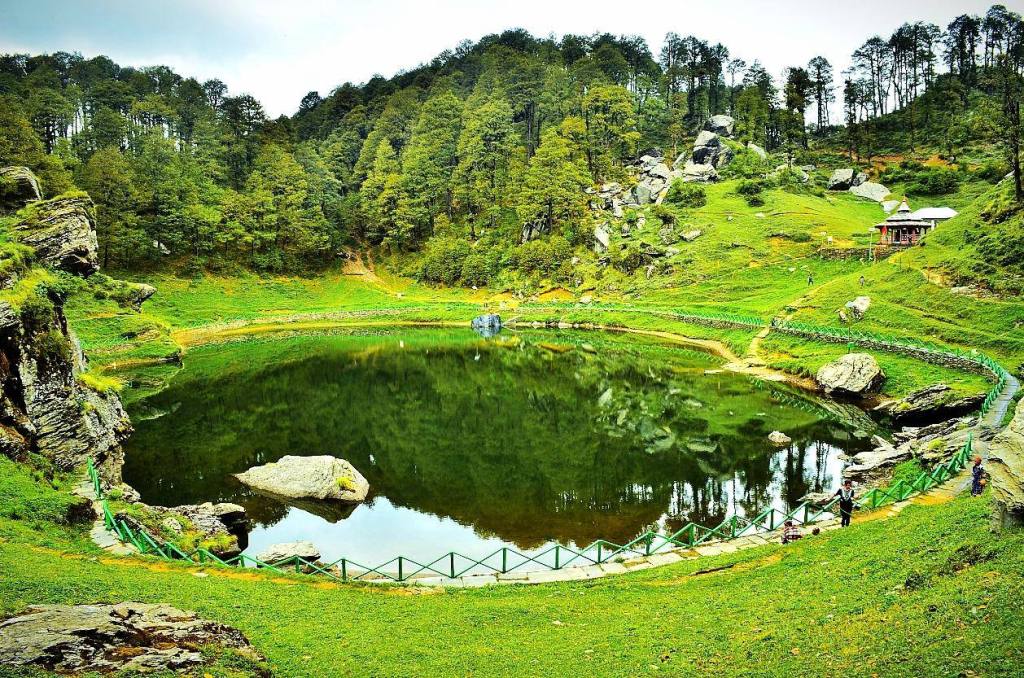
Tirthan Valley, a natural sanctuary that is largely unknown to mass tourists, lies hidden deep in the Kullu district of Himachal Pradesh. This charming valley, so named because of the Tirthan River that runs through it, offers an ideal blend of rich biodiversity, natural beauty, and cultural legacy. As I explored this hidden jewel more thoroughly, I was astounded by how many layers it had and how many experiences it could provide tourists. The elevation range in Tirthan Valley spans from 1,600 to 3,200 meters above sea level. The peculiar geographical location offers the valley a congenial climate for most parts of the year. The temperature ranges from 10°C to 30°C in summers and from -2°C to 15°C during winters. As such, its moderate climate is very helpful in maintaining its greenery and varied ecosystems. Tirthan Valley’s proximity to the Great Himalayan National Park (GHNP) is one of its most striking features.
The GHNP, which was founded in 1984 and designated as a UNESCO World Heritage Site in 2014, occupies 754 square kilometers. This protected region is home to many uncommon and endangered species of both plants and animals, making it a hotspot for biodiversity. The region is also known for its excellent trout fishing, with both brown and rainbow trout found in abundance in the clear waters of the Tirthan River. The valley’s natural beauty and rich ecosystem have made it an increasingly popular destination for ecotourism and nature enthusiasts.
Kinnaur: The Land of Fairy Tales

Kinnaur is on the east, bordering Tibet, a land of mythical beauty and ancient traditions. Administratively, this district is divided into three areas: Pooh, Kalpa, and Nichar, each with its characteristics both geographical and cultural. Kinnaur is famous for its apple orchards, growing some of the finest quality apples in India. Climatic and soil conditions here have all that it takes to shoot up the quality and flavor of Kinnauri apples. Other than apples, Kinnaur district is also very famous for high-quality almonds, chilgoza (pine nuts), and apricots. The district is home to several notable Hindu and Buddhist pilgrimage sites, including the Kinnaur Kailash, which is believed to be Lord Shiva’s winter abode. The 79-foot-high rock structure resembling a Shiva Lingam atop Kinnaur Kailash mountain holds immense religious importance.
Kinnaur’s distinctive architecture, traditional clothing, and colorful festivals all bear witness to its rich cultural past. Renowned for its exquisite designs and premium wool, the Kinnauri shawl is highly valued and plays a significant role in the regional ecoKinnauri festivals are vibrant celebrations that showcase the region’s cultural richness. The Fulaich Festival in September, celebrating the end of the rainy season, and the Ukhayang Festival in February, marking the start of the agricultural season, are particularly significant events in the Kinnauri calendar. The Kinnauri religious life revolves around the concept of village deities, called ‘Grams Devtas’.
Each village has its own divinity which is believed to protect and lead the people. During festivals and significant events, these deities are commonly depicted with exquisitely adorned metal masks. Kinnauri traditional dress is renowned for its vibrant colors and intricate designs. Men typically wear the ‘chamn kurti’ (a long woolen coat), ‘suthan’ (tight-fitting trousers), and the distinctive Kinnauri cap or ‘thepang’. Women wear the ‘dohru’, a long woolen dress, often accompanied by a ‘ghagri’ (wrap-around skirt) and a ‘choli’ (blouse).nomy. Kinnaur cuisine, however, reflects this agriculturally rich area and the need for hearty, energy-rich foods to be consumed in plenty to ward off the cold. Staple grains are buckwheat, millet, and barley—often made into bread like chilta and thepra. Some popular delicacies are chha gosht, a dish of mutton cooked in buttermilk, and manna, a sweet dish made from locally grown amaranth. Kinnauri’s social and religious customs are richly represented through the making and consumption of local alcoholic drinks, including, amongst others, ‘angoori’ (wine made from grapes) and ‘ghanti’ (made from barley or apples).
Preserving Ancient Traditions in a Changing World
Looking at these hidden valleys, one is struck by the delicate balance these hidden valleys strike between the preservation of ancient traditions and embracing progress in the modern world. In Spiti, I witnessed how the Buddhist monastic system continues to be at the center of education and community life. From Tirthan came the tale of community-based conservation initiatives geared at preserving the rich biodiversity of the valley while giving people locally-based, sustainable livelihoods. And in Kinnaur, how traditional methods of farming are blending with modern ideas to ensure the perpetuation of the region’s famous apple industry. Know More – https://www.captureatrip.com/blog/valleys-in-himachal-pradesh
However, these hidden valleys face numerous problems. Increased tourism offers economic benefits but also poses a risk to the delicate ecosystems and customs of local people. Climate change is also having an impact on weather patterns and agricultural cycles. It is a challenging task that calls for careful planning and community cooperation to preserve these distinctive cultures and habitats while allowing for sustainable growth.
My journey through these valleys of Himachal came to an end, enriching me in this entity with diverse tapestries of natural beauty, cultural heritage, and human resilience. To me, such far-flung areas of Himachal Pradesh have been not only inspiring but hold a wealth of lessons on how mankind should raise sustainable living standards so future generations might be able to experience the same.

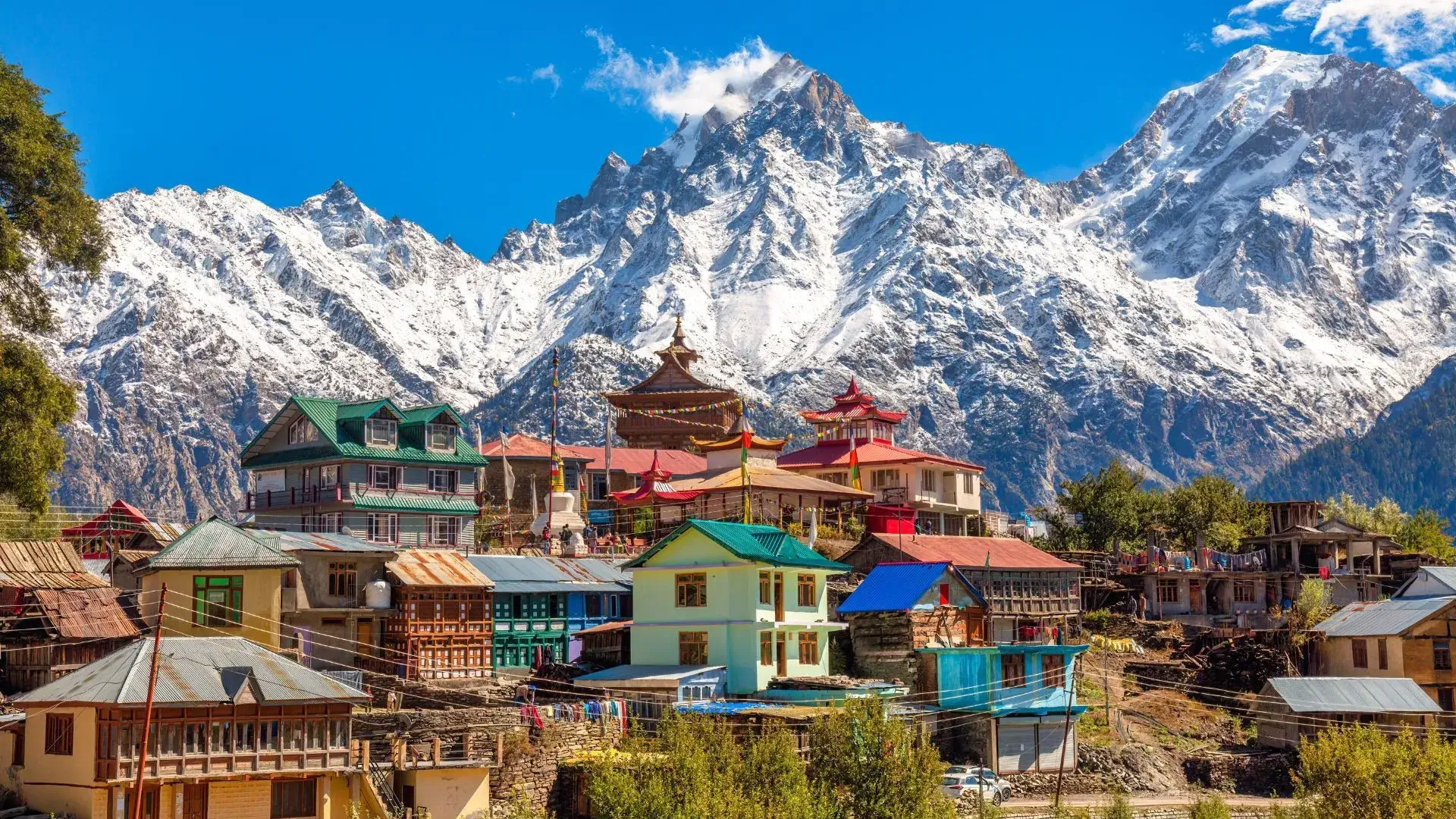
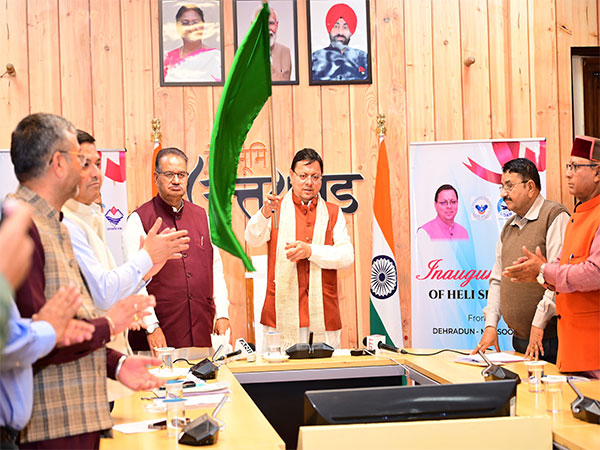
 By
By
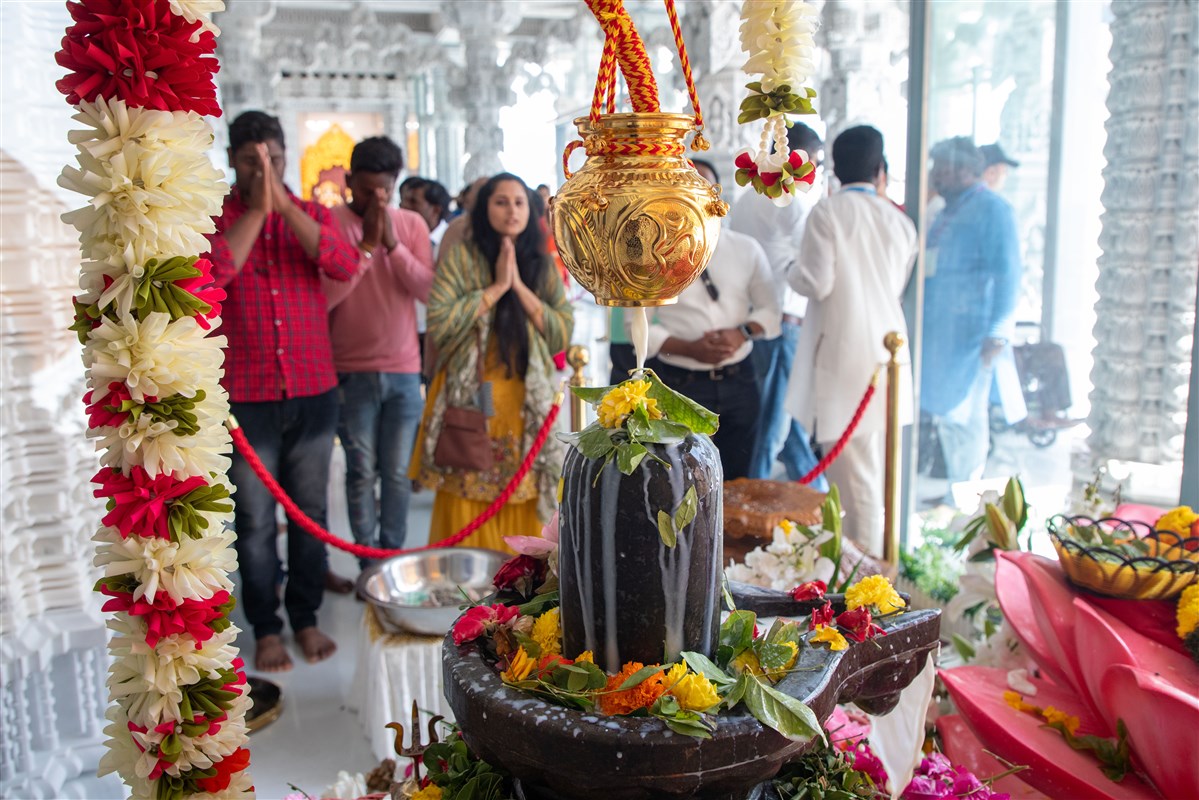
 By
By




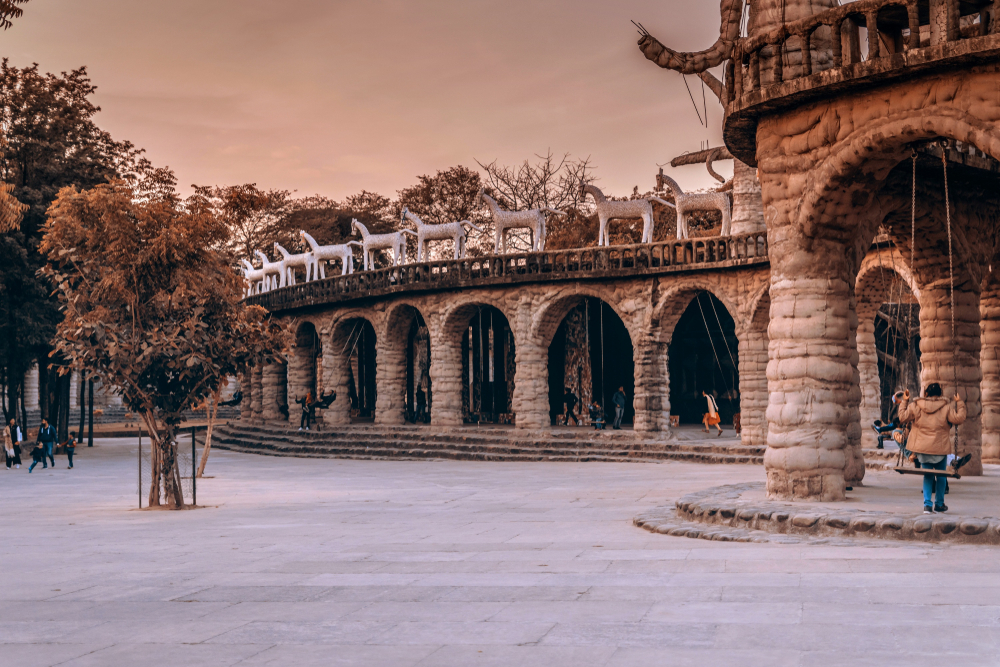
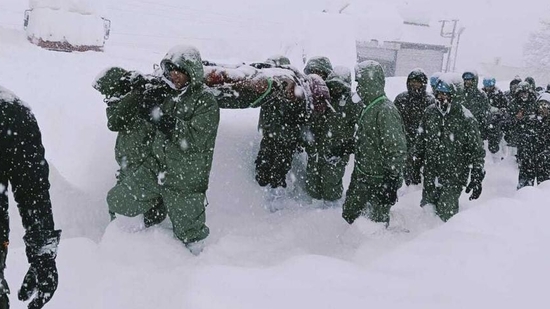

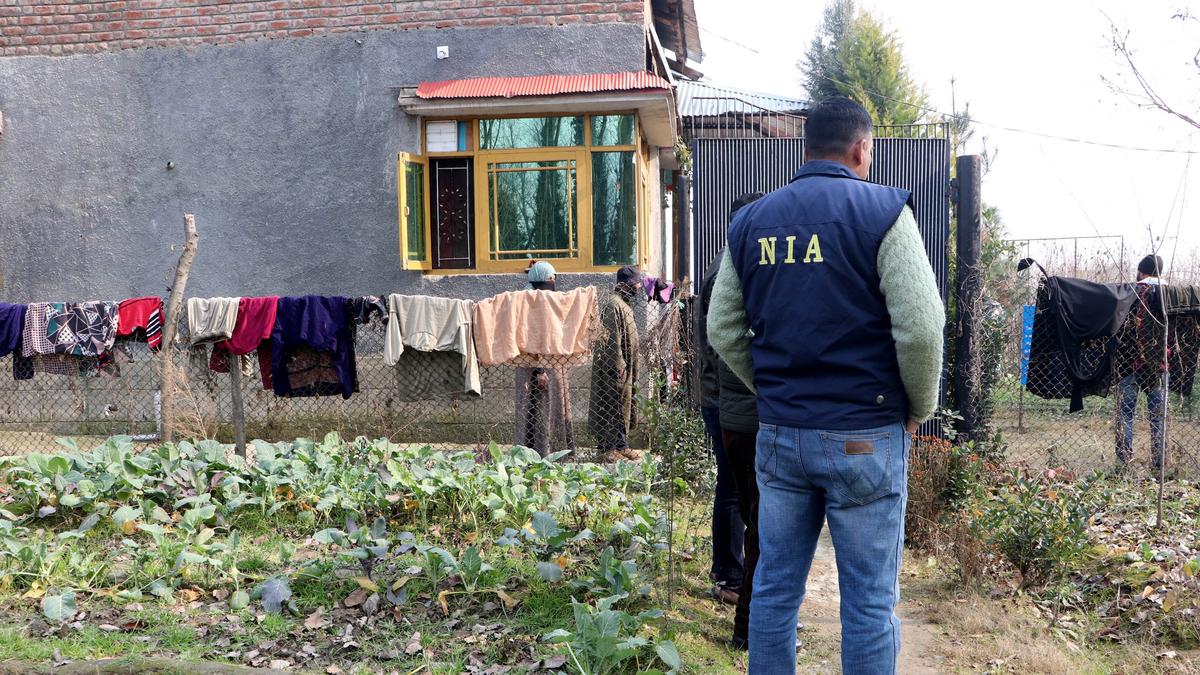
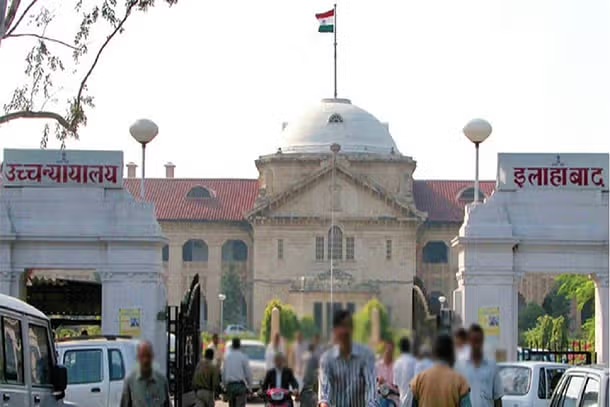
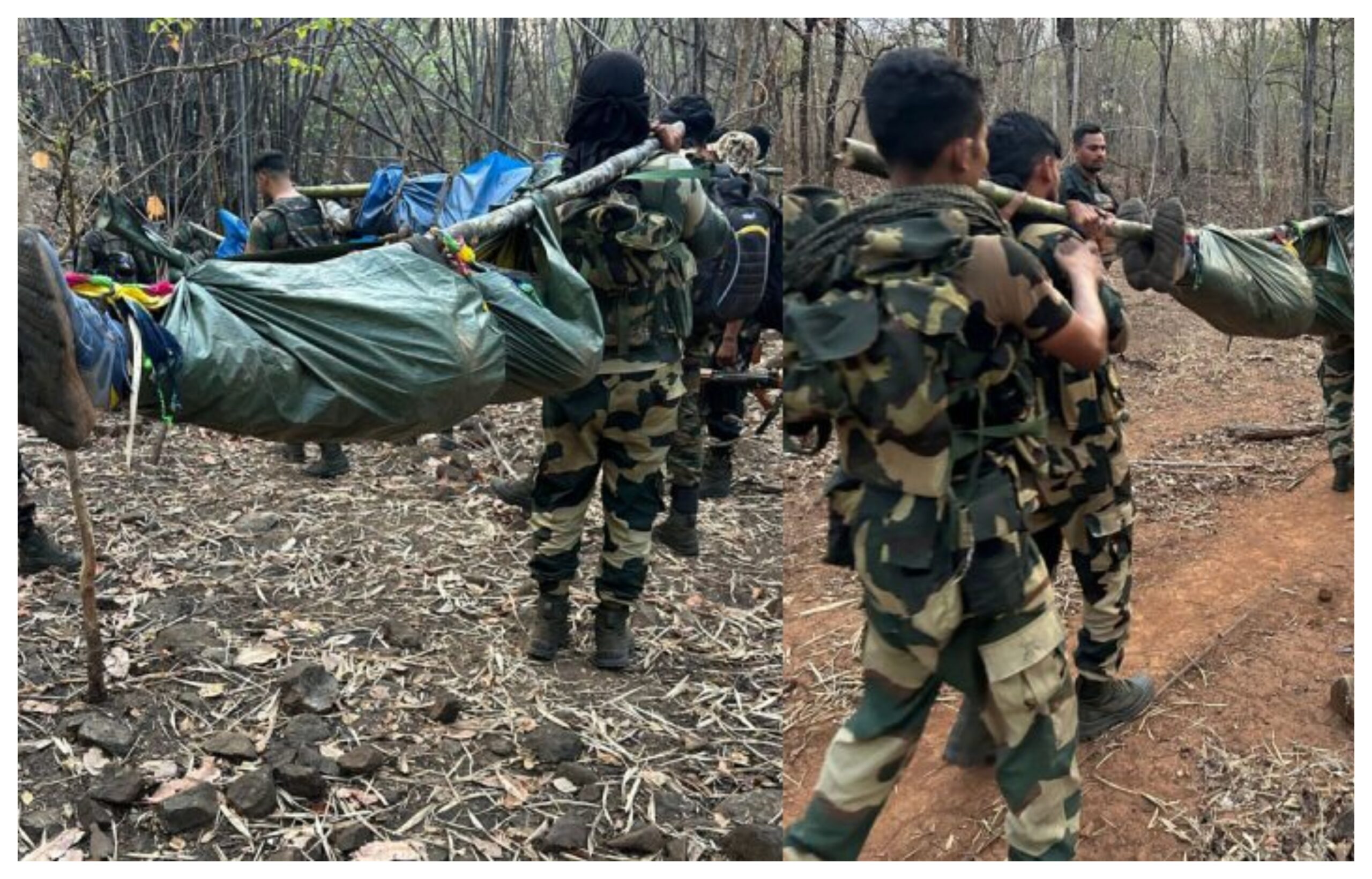




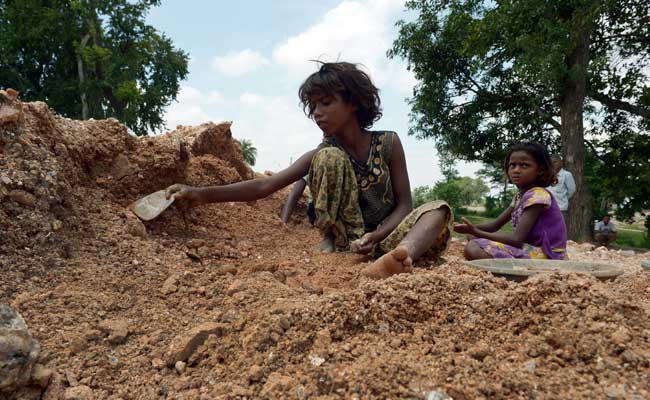


Himachali people in the comments let’s go 🫶🏻